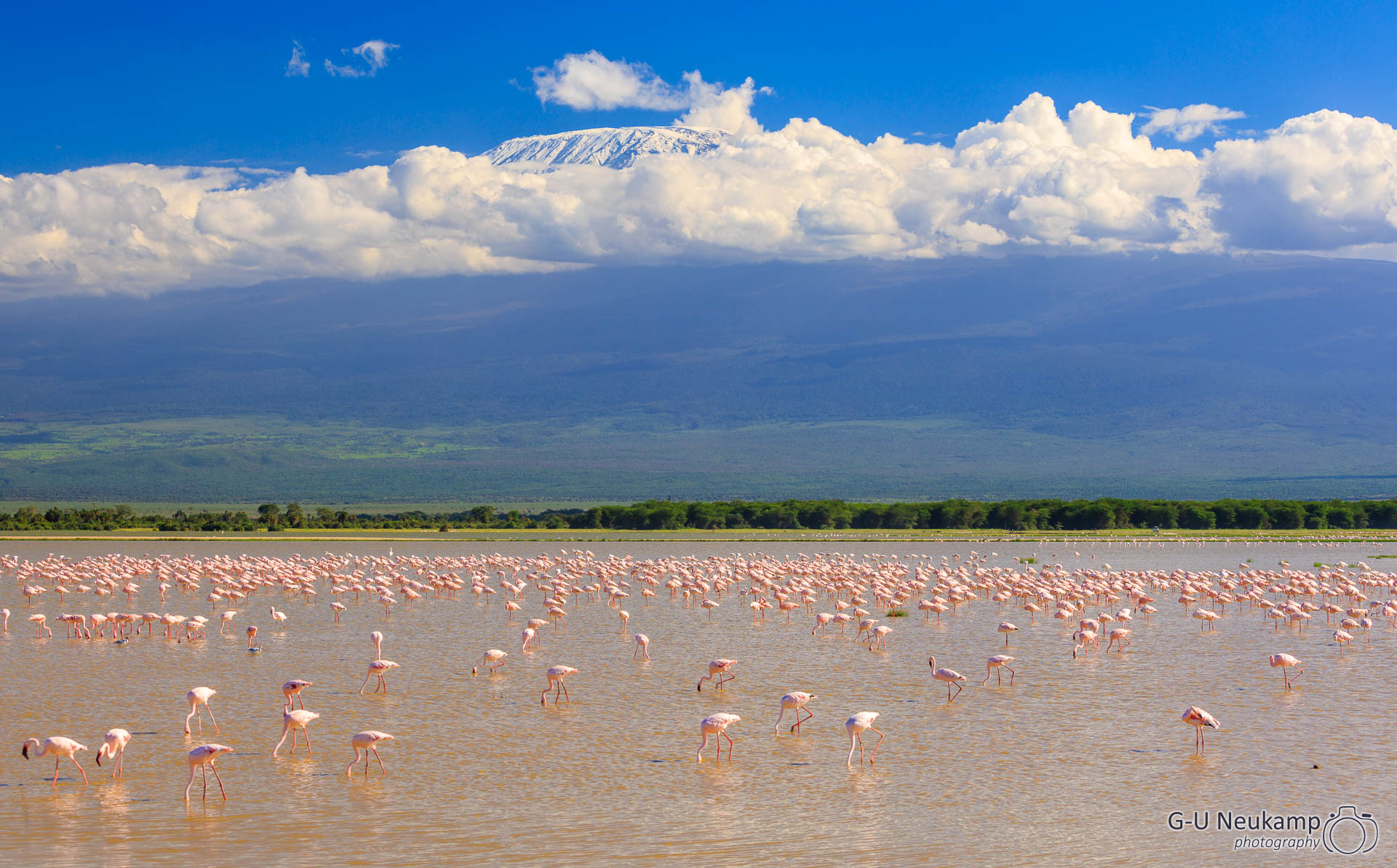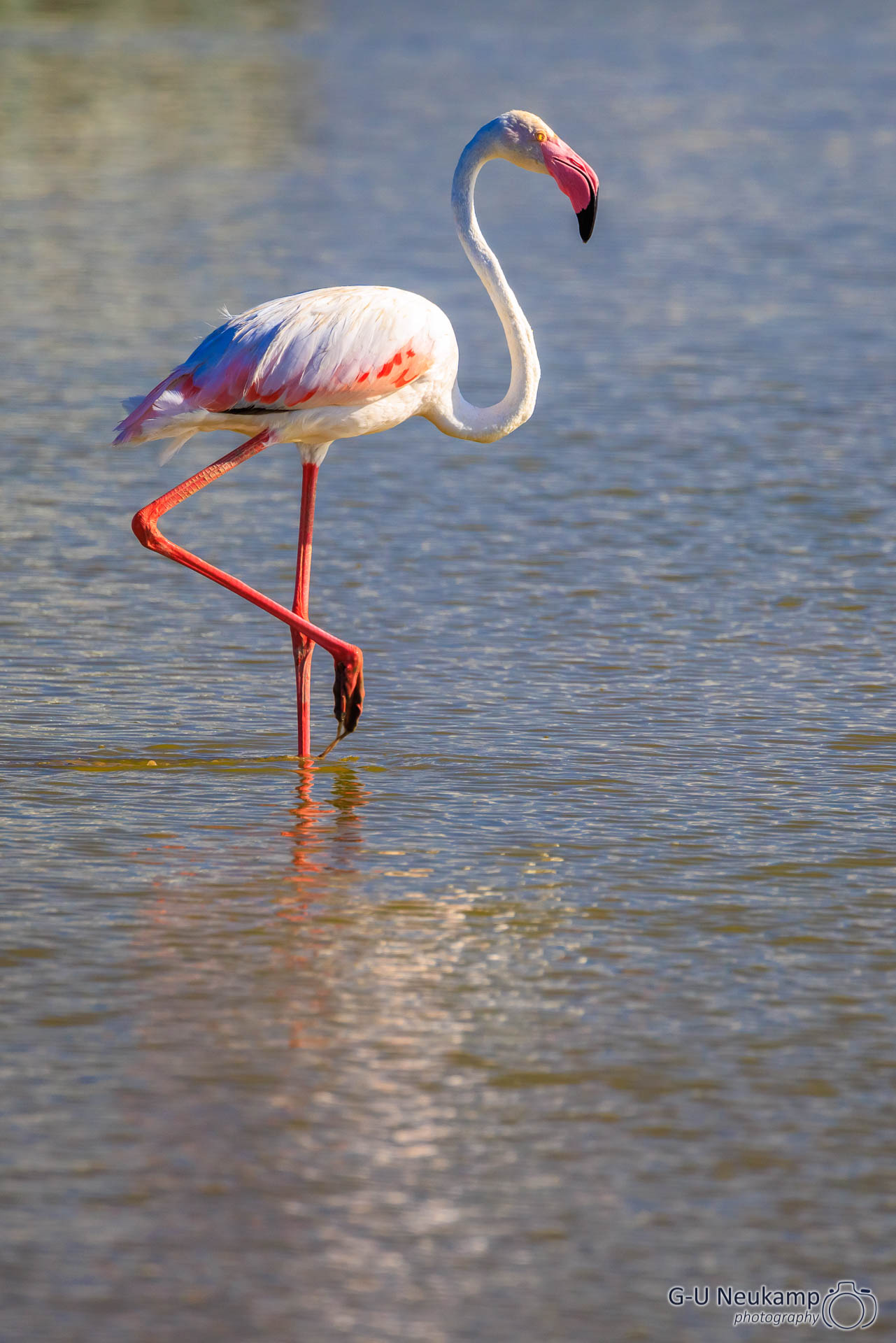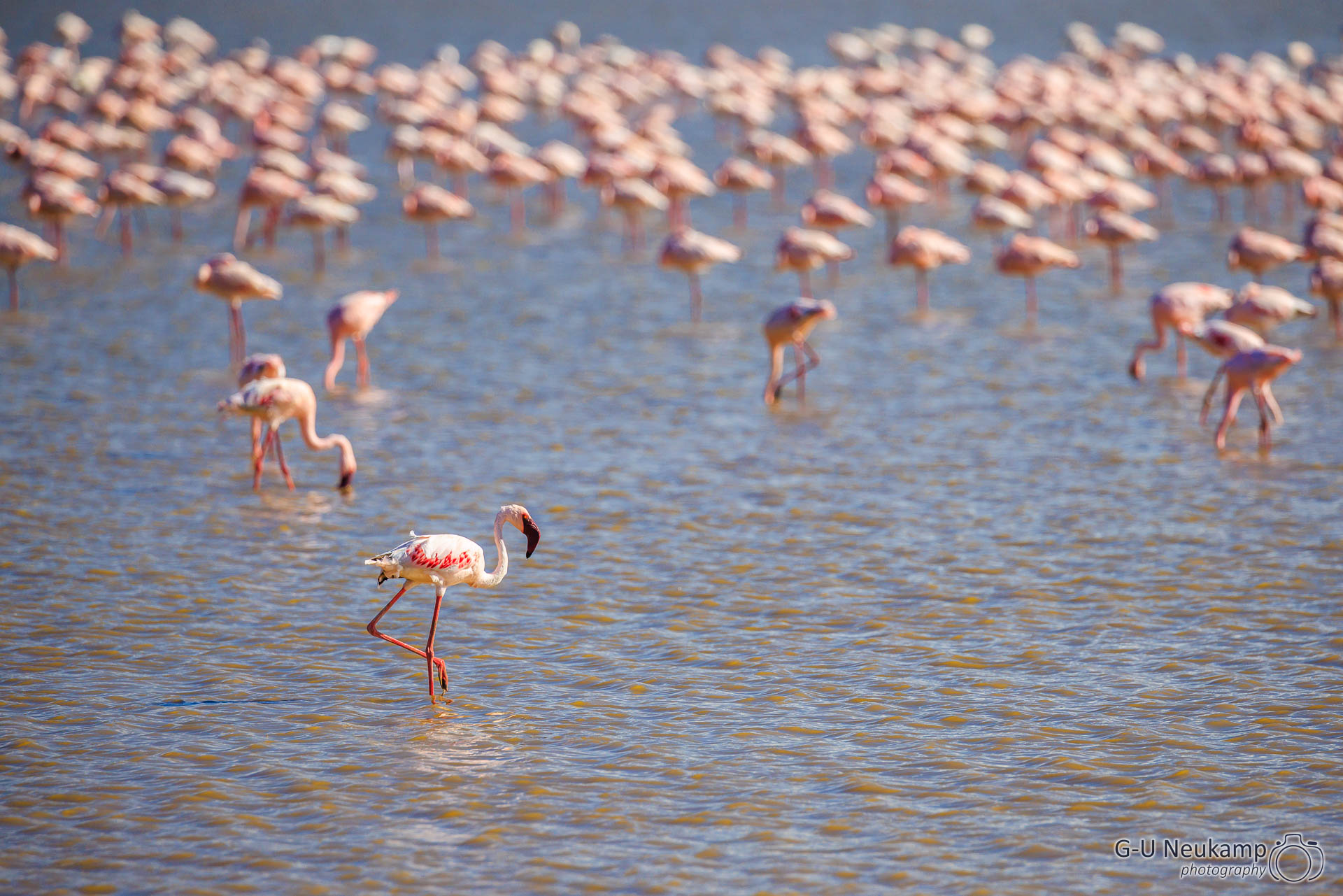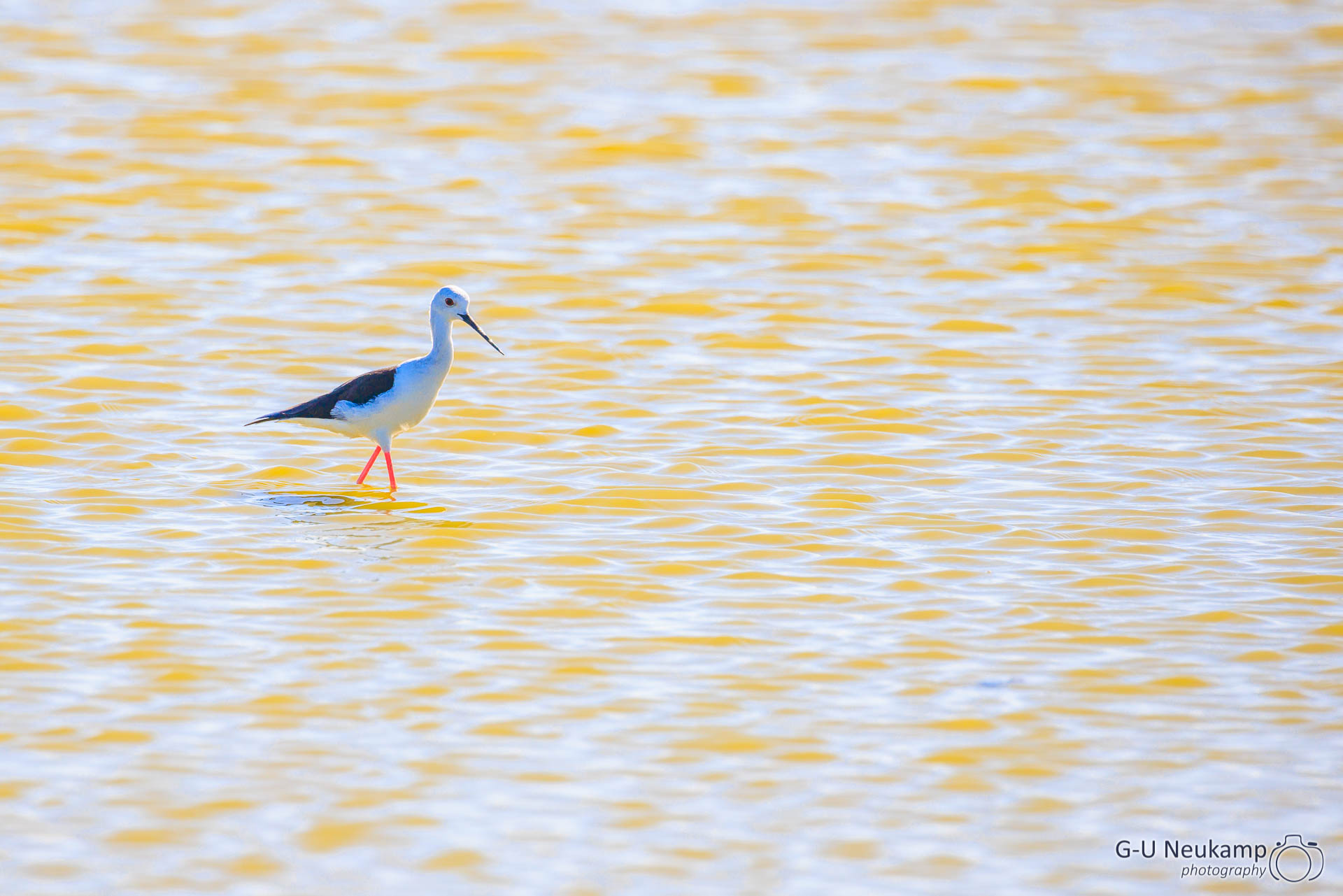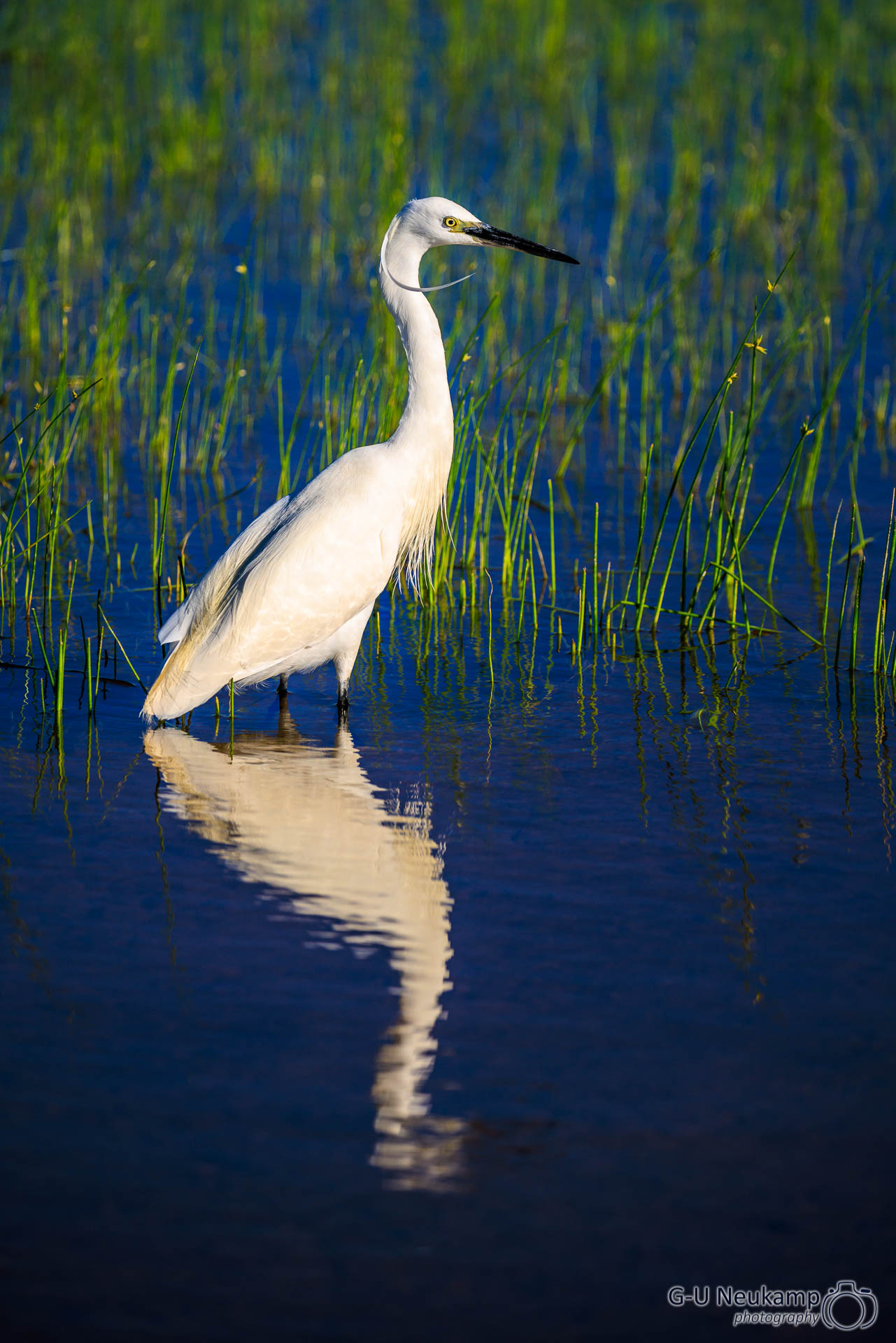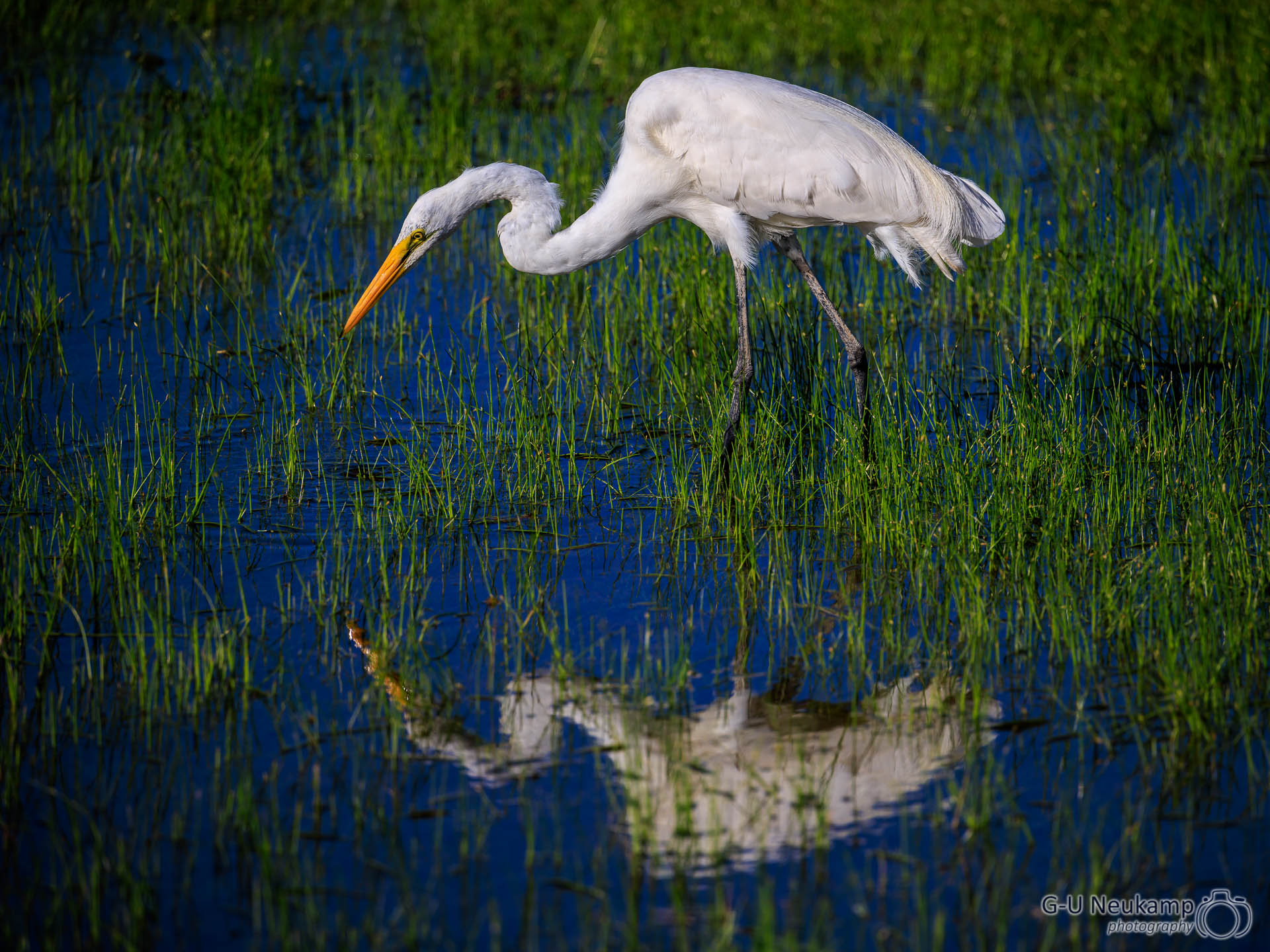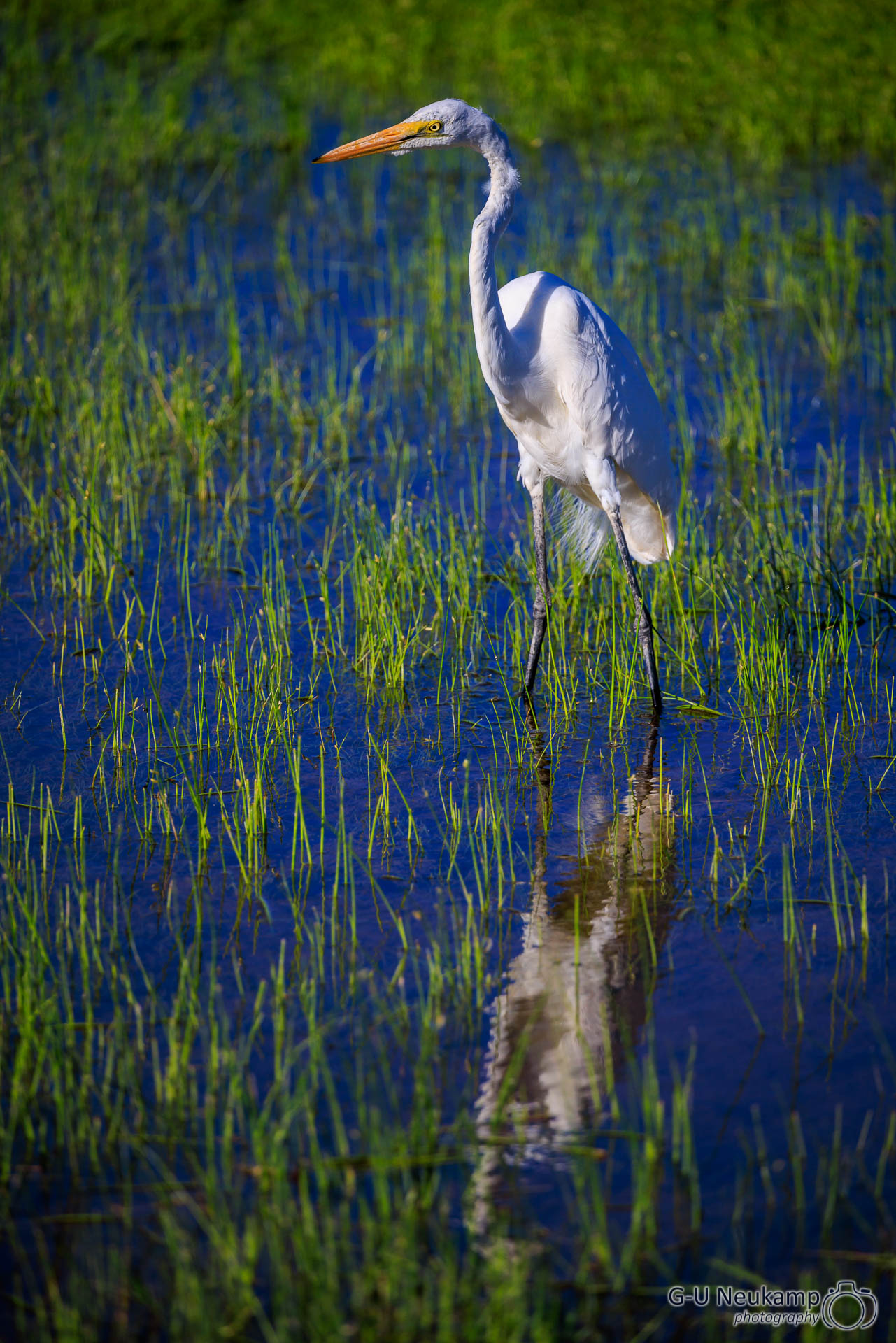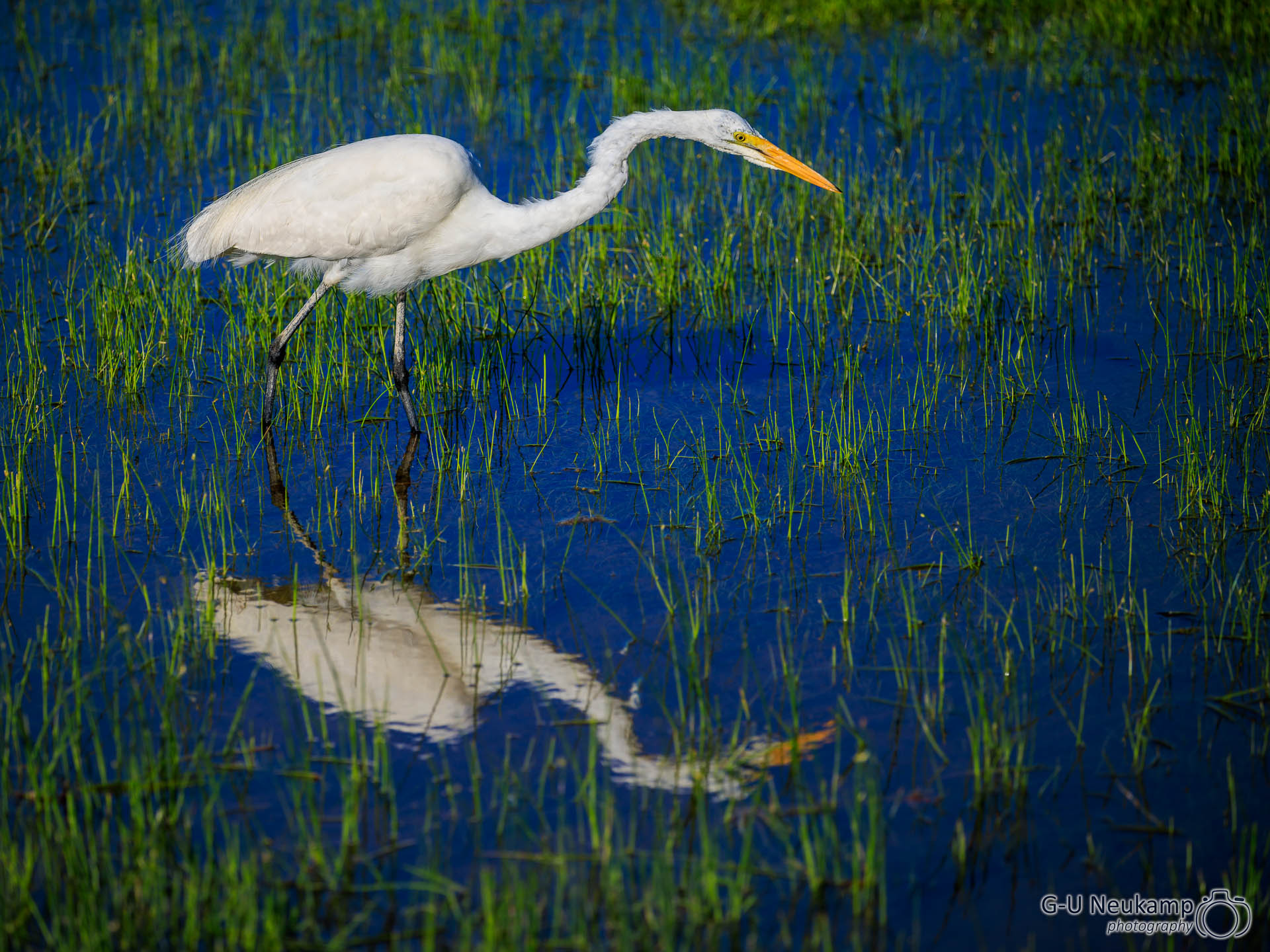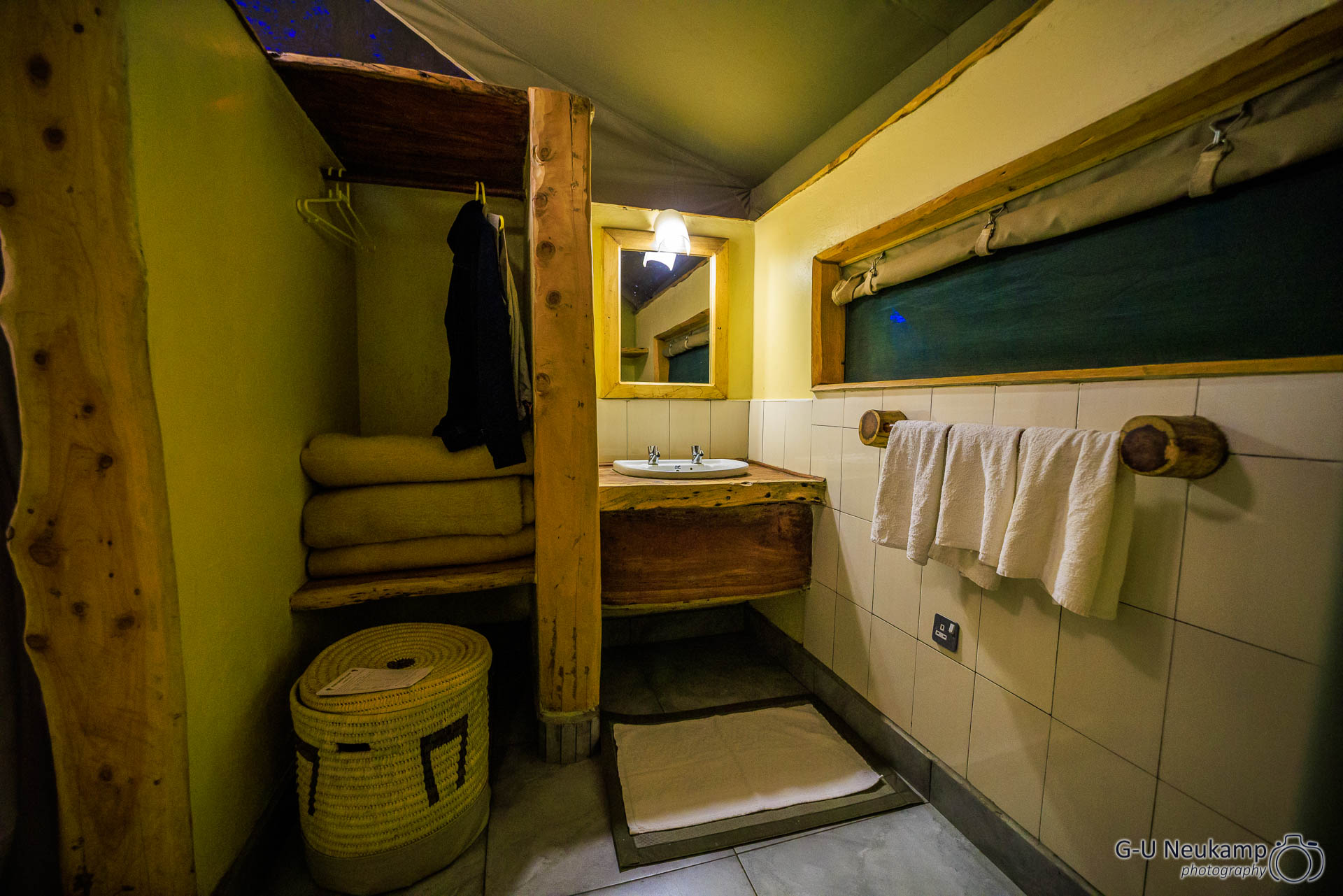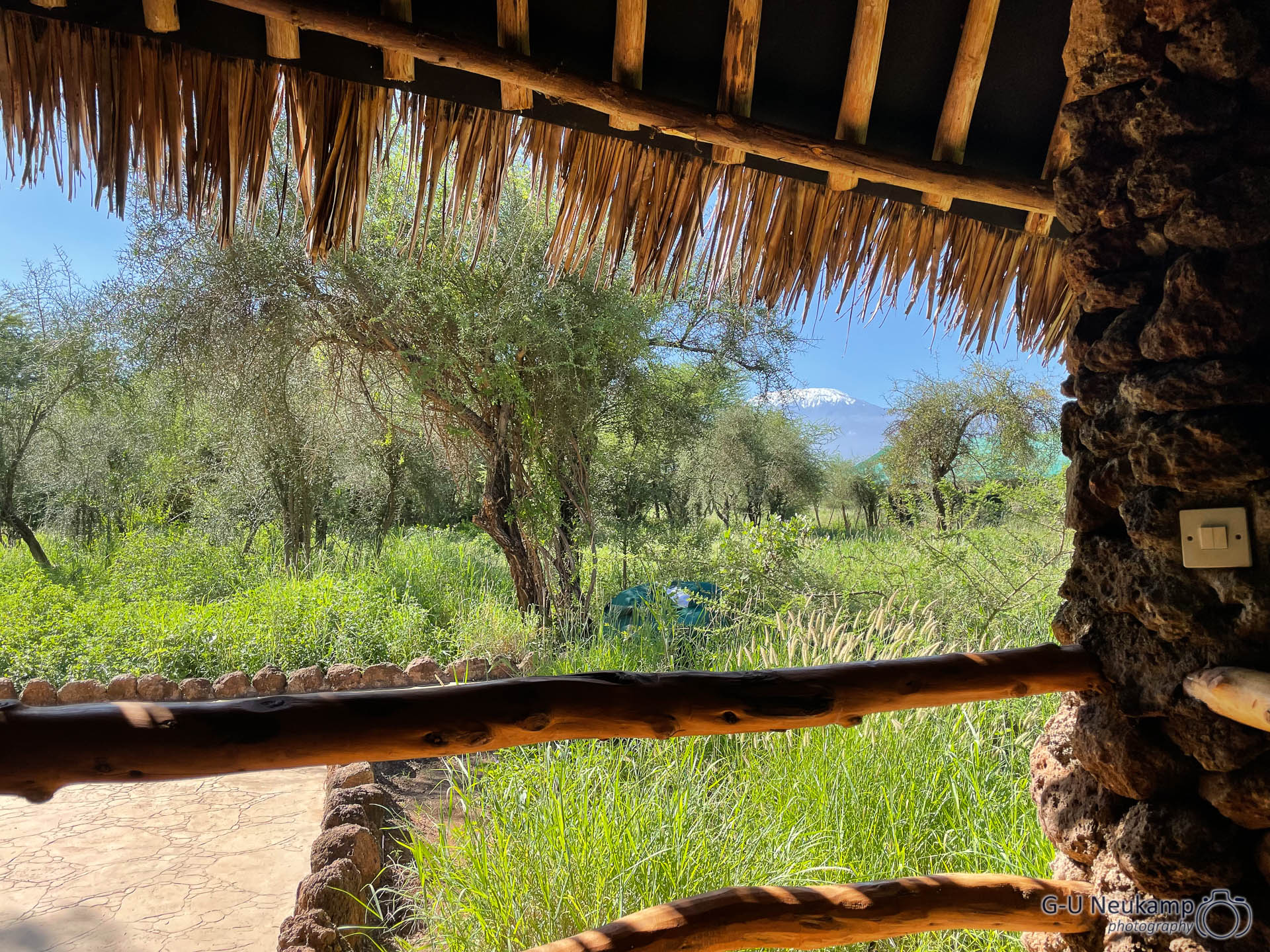Jan. 1, 2022 - New Year - Amboseli National Park
Shortly before 4 pm we had stowed our luggage in the vehicle and Caleb drove off. It was now already our third visit to Amboseli National Park. By the way, the name “Amboseli” also comes from the Masai language Maa and means “salty dust”.
The park has a size of about 390 square kilometers. On the one hand, it is known for its large elephant population. It is estimated that more than 800 elephants live here. On the other hand, it also offers a spectacular view to the Mount Kilimanjaro, Africa’s highest mountain with a height of 5895m. Although it is located in Tanzania, its “chocolate side” is the northern side, so it is most impressive to be seen from Kenya.
What makes Kilimanjaro seem so impressive is the fact that it rises lonely from the surrounding plain, which is only about 1,200m high, by another good 4,700m. This makes it the highest free-standing mountain in the world.
Until now, during our visits in July and August, we could only glimpse it in the brief moments when the peak showed itself once early in the morning. Mostly, however, Kilimanjaro was shrouded in clouds, so that we could see it only rarely and then only very indistinctly.
At that time we got the hint that the visibility in the winter months (actually it is not winter at all in Amboseli National Park in January, because it is located south of the equator on the earth’s southern hemisphere) is better. So we used the opportunity of our now suitable travel time and took the third attempt to finally be able to take the classic safari photo “elephants in front of Kilimanjaro”. Already during the approach to the park in the airplane we saw that this was the right decision.
The following is a first panorama showing the extent of the huge volcanic massif. I took it directly after the arrival still at the airfield. At the beginning, the mountain still had a wide wreath of clouds, but the snow-covered mountain top was already visible:

When we left the airfield, we could hardly recognize Amboseli National Park. During our previous visits in July / August, the park was dry except for a central swamp area. We saw abundant “Dust Devils”, swirls of dust on the parched desert-like plains.
Now, however, after quite a few previous rainfalls, a huge water surface had formed on it, which had attracted numerous flamingos. We were very amazed and delighted to see this. I love flamingos very much and had not expected to see them at all on this trip - certainly not in such large numbers. Thus, instead of the long-awaited “elephants in front of Kilimanjaro”, we first saw “flamingos in front of Kilimanjaro” - but that wasn’t bad either!
We were also able to observe many other types of water birds on our first trip through the park. Here is a small selection of the best shots of two herons and a black-winged stilt:
As we drove through the park, the clouds from Kilimanjaro increasingly retreated. The sky became clearer and clearer. The majestic mountain was now more and more visible. Here is a picture of the massif in the evening light.
Der rechts sichtbare schneebedeckte und mit 5.895m höchste Gipfel des Berges wird “Uhuru Peak” genannt. Links davon sieht man auf dem Bild auch noch den etwa 10 km weiter östlich gelegenen und 5148m hohen Zweitgipfel namens “Mawenzi”:

As an intermezzo on the further drive we photographed a buffalo chewing its cud with pleasure in the grass, visibly enjoying the evening sun and having its skin cared for by a oxpecker:
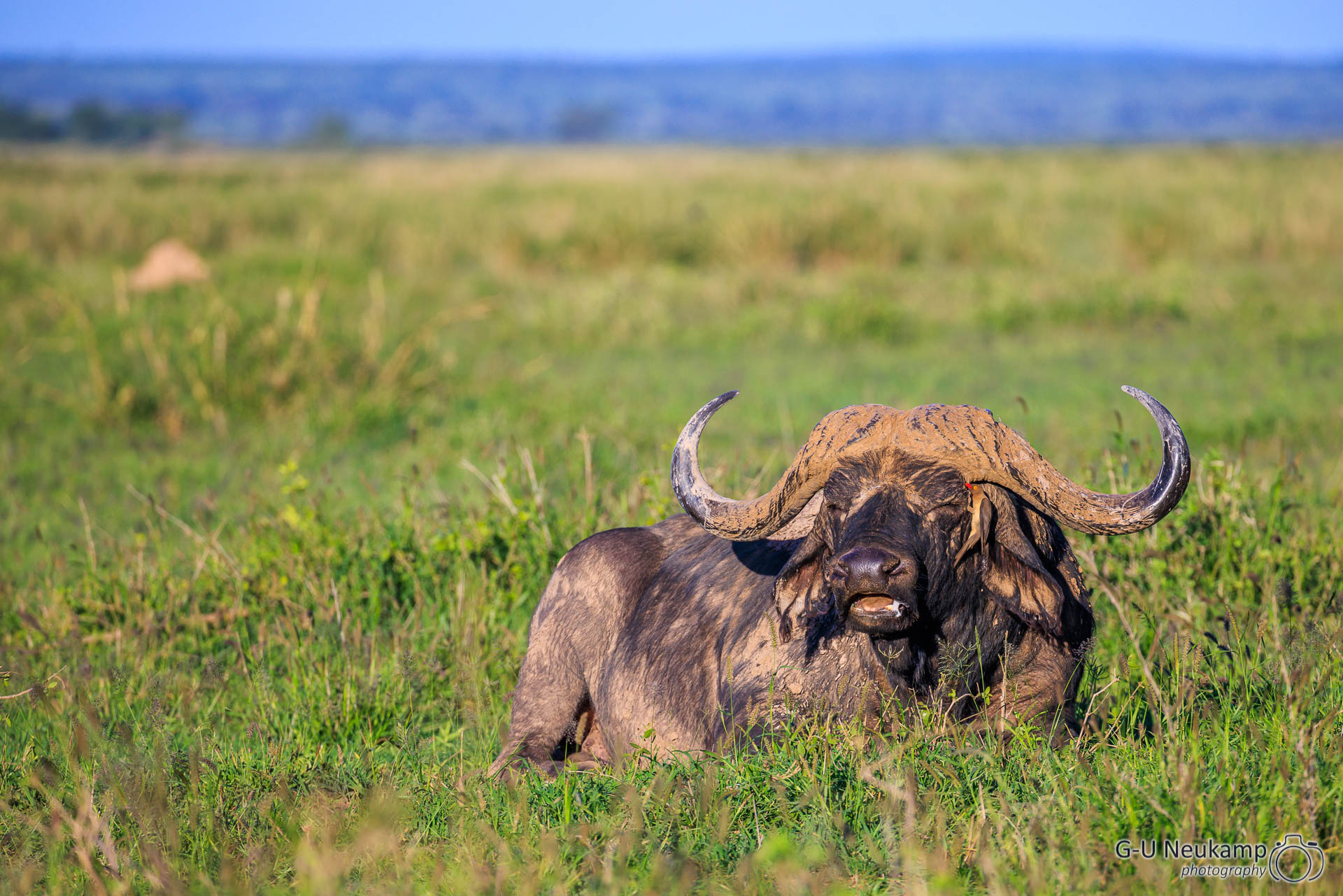
Then it was already the time and we experienced the moment, on which we had particularly focused in the Amboseli National Park: A group of elephants passed between us and the meanwhile well visible Kilimanjaro in the most beautiful evening light. This resulted in a picture like one from an Africa travel brochure:
Elephants, acacia trees and the Mount Kilimanjaro.
This is how I had always imagined Africa. We were thrilled to be able to see this moment with our own eyes.
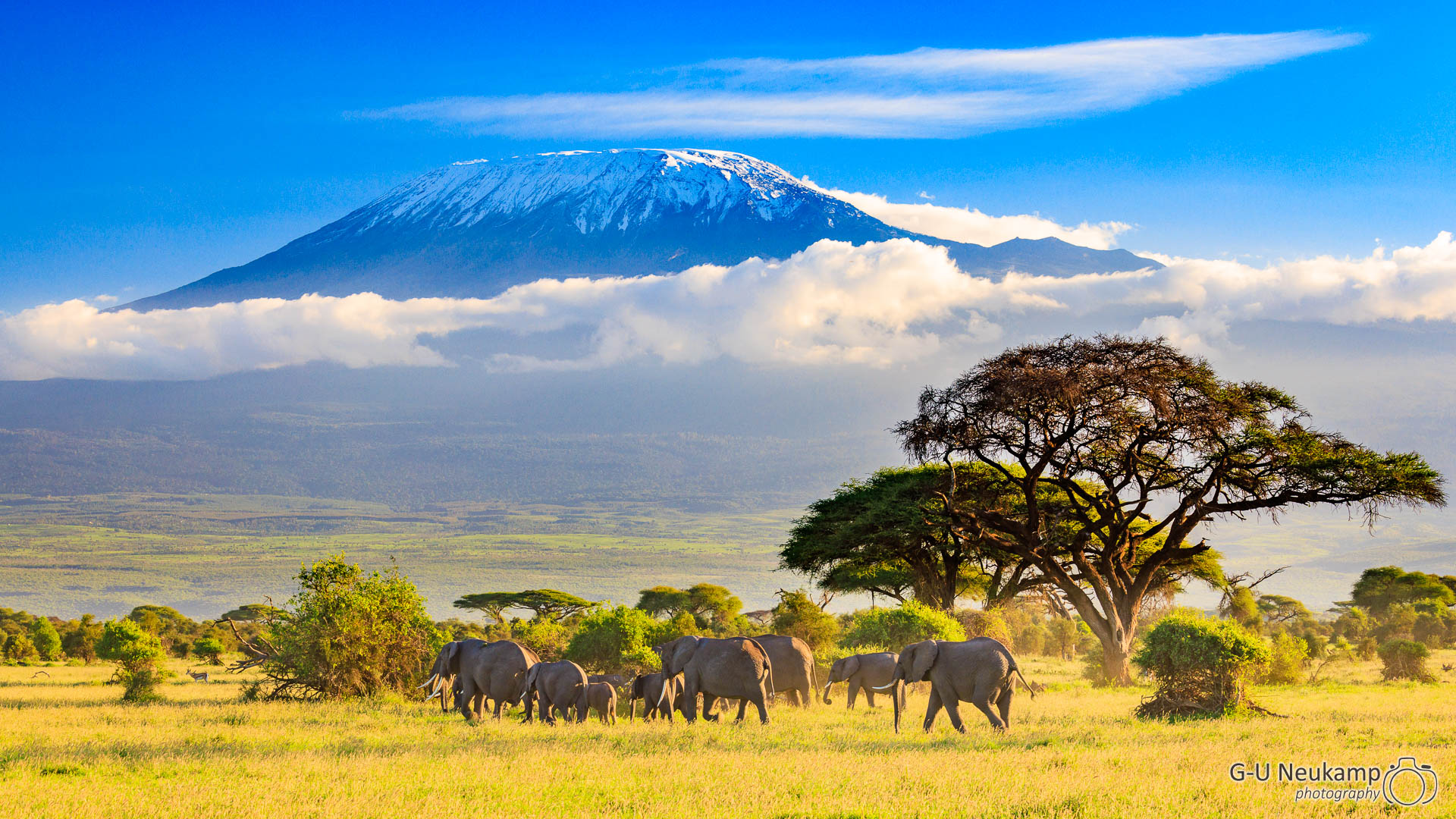
We had hardly arrived two hours in the Amboseli national park and had already the long planned photograph in the box - and that even in the most beautiful evening light. Jokingly, I therefore said that we were now indeed done and can go home again.🤣
What an eventful and great day it was!
Today at 0:00am we were still sitting with champagne in the Masai Mara. Now we could not get enough of the sight of the Kilimanjaro in the light change by the setting sun.
Since our camp, Kibo Safari Camp is located outside the national park directly in front of the park gate and the park had to be left before sunset, we finally made our way to the gate. Caleb told us that sensitive fines can be due if you are too late.
Kibo Safari Camp is relatively large. It is completely fenced, so that one may move freely on the premises. We had already been there in 2017 and liked it very much. This time we again stayed in comfortable tents with a direct view of Mount Kilimanjaro, which this time could really be seen from our tents.
After checking in and moving into the tents, we met as usual around the campfire for a double Gin-Tonic and reviewed the experiences of the day. Afterwards we had dinner in the camp restaurant and fell into our beds again, exhausted. Tomorrow morning we will meet in the breakfast area for a first morning coffee, after which we will immediately start again.

